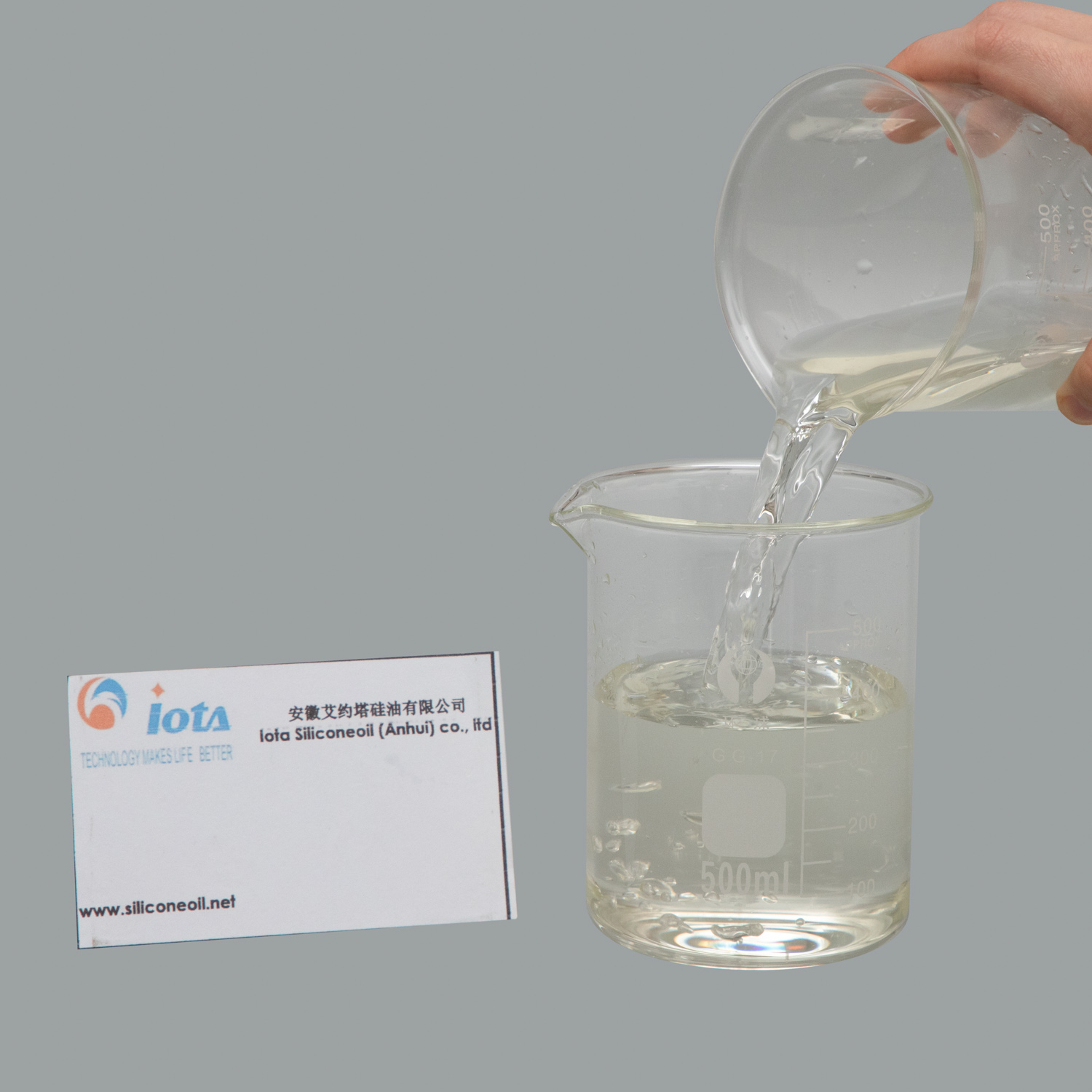
Part II: Application Revolution of Silicone Wetting Agents - Penetration from Fields to Fingertips
2.1 Agricultural Efficiency Enhancement: The "Invisible Pusher" of Pesticides
In traditional pesticide spraying, the liquid pesticide is difficult to adhere to the hydrophobic wax layer of plant leaves (contact angle of about 110°), and the utilization rate is less than 30%. After adding silicone wetting agents:
Adhesion is improved: the contact angle of the liquid pesticide drops below 20°, forming a uniform drug film;
Enhanced penetration: directly enter the target through the pores or the wax layer on the surface of the insect, and the insecticide efficiency is increased by more than 50%;
Anti-rain erosion: the drug film is tightly combined with the leaves to reduce rainwater loss.
Data case: Herbicides containing 0.05% silicone wetting agents have increased the weed control efficiency in rice fields from 65% to 92%.
2.2 Industrial coatings: "repair masters" of defects
In coatings, inks, and adhesives, poor wetting can lead to defects such as shrinkage, fish eyes, and orange peel. Silicone wetting agents optimize the process through the following ways:
Expanded substrate adaptability: enable water-based coatings to wet low surface energy substrates such as metals and plastics;
Stable pigment dispersion: prevent filler agglomeration, improve coating uniformity and hiding power;
Enhanced process tolerance: adapt to various construction methods such as spraying, roller coating, and dipping.
Application example: Adding wetting agents to automotive electrophoretic paint can eliminate thin coating areas at the corners of the car body and improve anti-corrosion performance by 40%.
2.3 Daily chemicals and textiles: "magicians" of touch
Personal care products: Adding silicone wetting agents (such as amino silicone oil) to shampoo helps active ingredients evenly cover hair, repair hair scales, and give a silky touch;
Functional textiles: In the processing of waterproof and breathable fabrics, wetting agents assist coating liquids to penetrate into the gaps between fibers to form a continuous film layer, achieving a "water-repellent and breathable" effect;
Medical materials: Adding wetting agents to the adhesive layer of Band-Aids improves fit with the skin and reduces the pain of tearing.
2.4 New energy and electronics: the "escort" of precision manufacturing
Photovoltaic cells: adding wetting agents to silicon wafer cleaning fluid can improve decontamination efficiency and reduce micro-damage;
Lithium batteries: electrolyte wetting agents improve the wettability of electrode materials (such as graphite negative electrodes), reduce internal resistance, and extend cycle life;
Semiconductor packaging: adding wetting agents to flux can promote the precise spreading of solder between chip pins and reduce cold solder joints.
 Part II: Application Revolution of Silicone Wetting Agents - Penetration from Fields to Fingertips
Part II: Application Revolution of Silicone Wetting Agents - Penetration from Fields to Fingertips